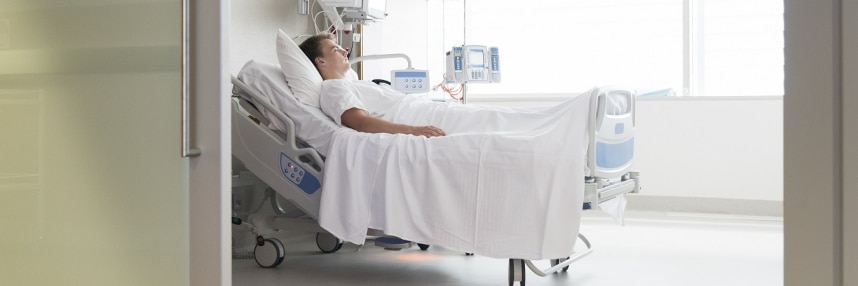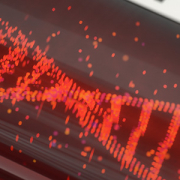Genomics and listeria
A look at the application of genomic sequencing in the management, and potential prevention, of an infectious outbreak
Listeria monocytogenes is a food-borne bacterium that can cause a rare infection called listeriosis (often called listeria). The infection is not usually serious: the bacteria are confined to the gut causing gastroenteritis or mild fever, which resolves on its own in a few days.
Listeria can become invasive in people with a weakened immune system, however. Bacteria can infect the blood resulting in sepsis, or the central nervous system causing meningitis. Invasive listeriosis can also be very harmful to a developing fetus, so pregnant women are advised to avoid foods that are associated with a higher risk of listeria.
Genomics in an outbreak
In June 2019, a listeria outbreak was reported, which resulted in six deaths in hospitals in Liverpool and Manchester.
Listeriosis has a long incubation period – on average, 30 days between infection and onset of symptoms. This can make it very difficult to pinpoint the food that caused the illness. But genomics can help. By sequencing the genomes of the bacteria from different infected individuals, scientists can determine whether different cases are related, thus making it easier to track down the source(s) of infection.
This was exactly what Public Health England did with samples from the hospital patients in the recent outbreak.
“Two cases had already been reported to Public Health England but were re-analysed using whole genome sequence data,” Dr Catherine Rees, associate professor in microbiology at Nottingham University told The Guardian newspaper. “This showed that the listeria isolated from these patients were highly likely to have come from the same source.”
The outbreak was traced to a supplier of prepacked sandwiches and salads.
A role in future food safety?
Though helpful in managing outbreaks, genomics may prove even more useful in future – in the prevention of listeria outbreaks before they happen.
L monocytogenes is a bacterium found in many locations, including the human gut and places where vegetables are grown, and often causes no harm at all. Current food tests can detect whether it is present in a sample but, as it is so ubiquitous, a low level can be expected and is not always an accurate representation of whether the food is safe to eat.
The power of genome sequencing is that it can determine how closely related the listeria bacteria in a sample are. If they are genetically diverse, they are from the general environment and likely to be safe; but in contaminated food the bacteria detected will not be diverse, as they will be multiplying rapidly from one strain.
The cost of genome sequencing is still too high to apply it in this way currently, but if the cost continues to fall genomic sequencing could be used to prevent contaminated food reaching consumers in the future. Though unlikely to be used as standard, this could prove particularly useful in cases where food is destined for places such as hospitals, where it is more likely to be eaten by people with compromised immunity.
–









